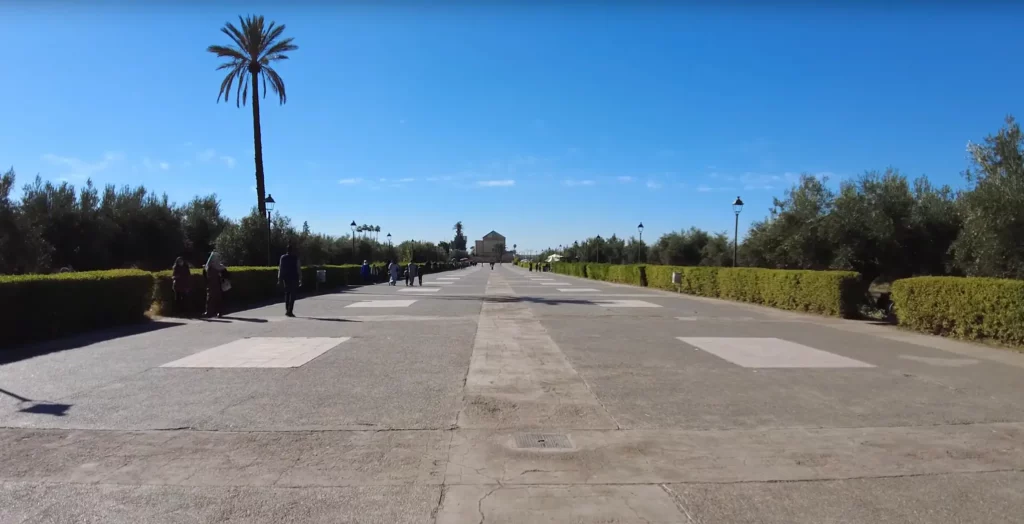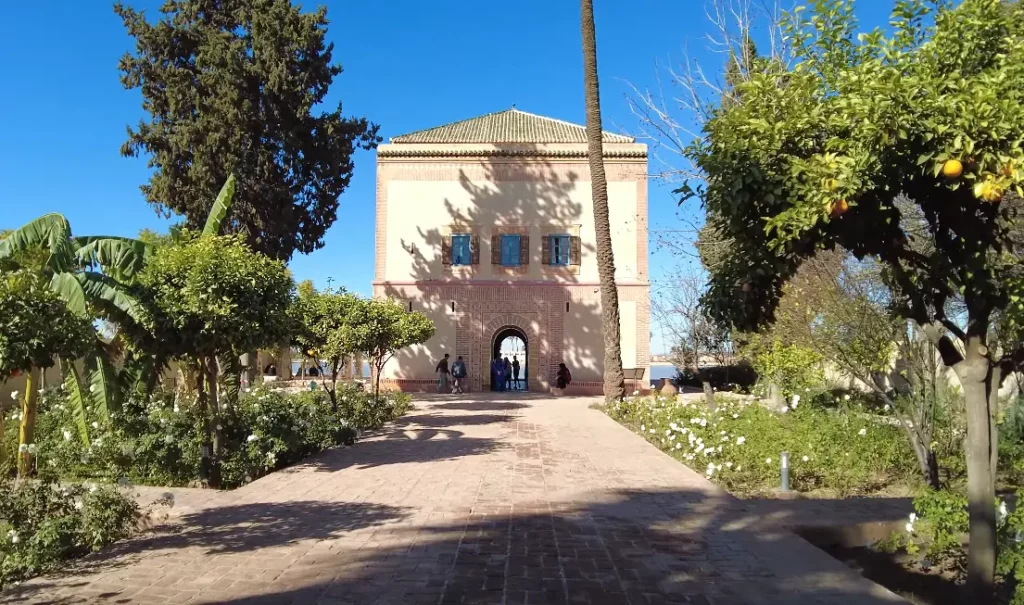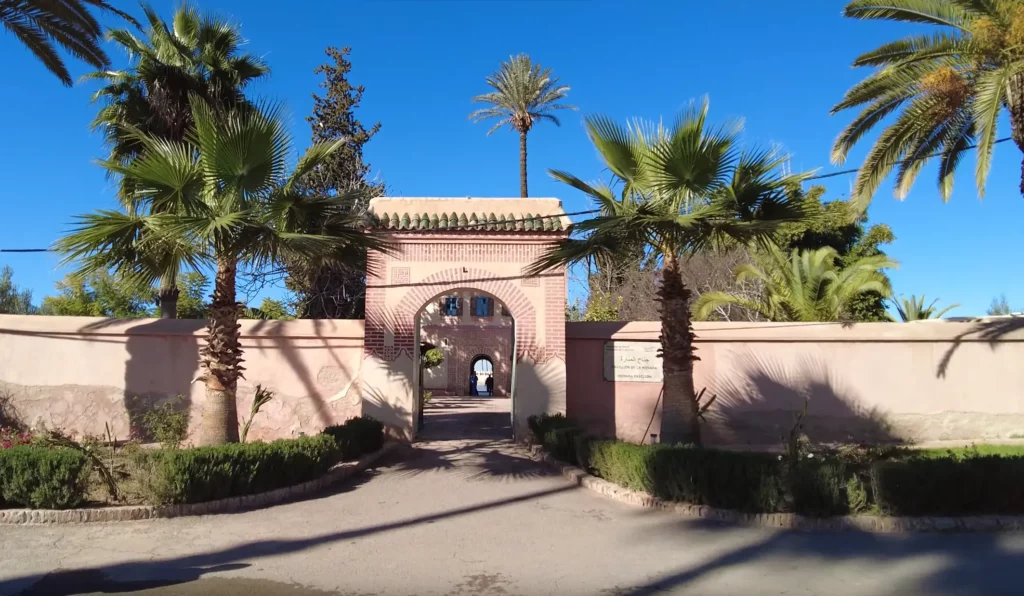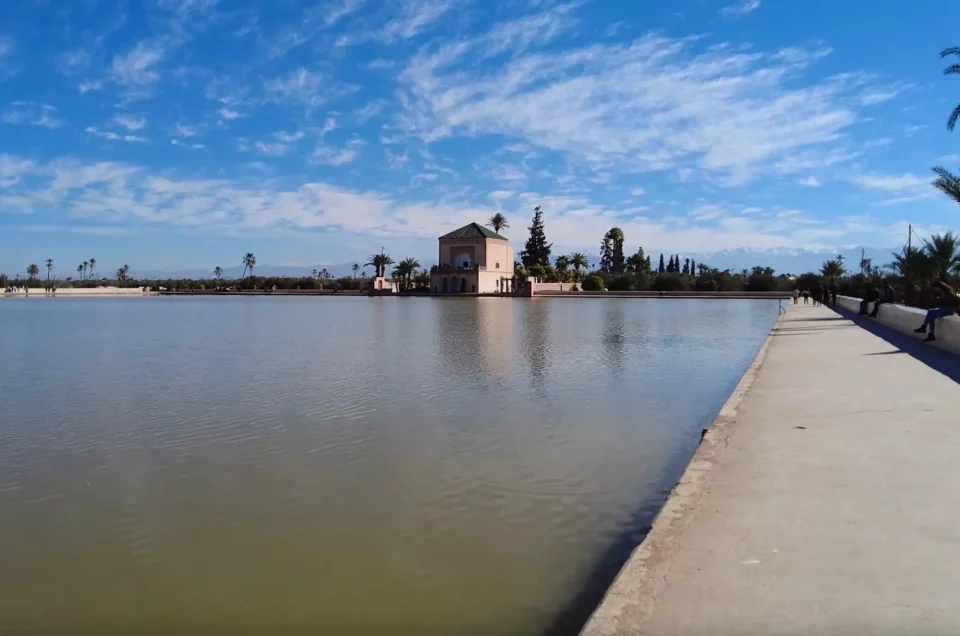The Timeless Beauty of Menara Gardens
Nestled just a stone’s throw away from Marrakech’s ancient walls, Menara Gardens is a sprawling 100-hectare oasis that has stood the test of time. A UNESCO World Heritage Site since 1985, this garden is a living testament to the rich history and culture of Western Muslim civilization. But what makes Menara Gardens so captivating? How can tourists make the most of their visit? This comprehensive guide delves into the garden’s history, legends, and must-see spots, ensuring you have an unforgettable experience.

The Rich Tapestry of History
The Almohad Dynasty: The Garden’s Genesis
Menara Gardens traces its roots back to the 12th century, during the reign of Abd al-Mu’min, the founder of the Almohad dynasty. Originally designed for both military and leisure purposes, the garden served as a massive orchard and a resting place for Almohad troops.
From Saadians to Alaouites: The Evolution
While the garden underwent minor repairs during the Saadian dynasty, it was the Alaouite era that saw significant enhancements, including the construction of the iconic Pavilion in 1866.

The Garden’s Layout: A Visual Feast

The Majestic Basin
At the heart of Menara Gardens lies a colossal basin, ingeniously designed to irrigate the surrounding olive groves and gardens. This hydraulic marvel has been functioning for over 700 years!
The Enchanting Pavilion
The Pavilion, built in 1866, is a charming structure that offers panoramic views of the garden and the city of Marrakech. Its pyramid-shaped green tile roof adds a unique aesthetic touch.
Cultural Significance: More Than Just a Garden
A Symbol of Islamic Art and Architecture
The layout and design of Menara Gardens are a testament to Islamic art and architecture. The geometric patterns, the intelligent use of water, and the Pavilion’s intricate details all contribute to its cultural significance.
Menara in Literature and Folklore
The garden has been immortalized in various forms of literature and local folklore, further cementing its place in Moroccan culture.
Myths and Legends: Stories that Transcend Time
From tales of hidden treasures to stories of sultans and soldiers, Menara Gardens is steeped in myths and legends that add a layer of mystique to your visit.
How to Reach Menara Gardens
Whether you prefer walking, taking a bus, or hailing a taxi, we’ve got all the information you need to reach this iconic garden effortlessly.
Maximizing Your Experience: Tips for Tourists

Best Time to Visit
To capture the garden’s beauty in its full glory, aim for the late afternoon when the sun casts golden hues over the landscape.
Photography Tips
The Pavilion and the basin offer excellent vantage points for capturing stunning photos, especially with the Atlas Mountains as a backdrop.
Practical Information for Visitors
Menara Gardens is open from Monday to Sunday, from 9 am to 5 pm. Entrance to the garden is free, but visiting the Pavilion costs 20 dirhams.
Seasonal Events and Festivals: When to Catch the Action
Olive Harvest Festival
The end of October marks the olive harvest season, a time when the garden comes alive with activity. Local workers can be seen climbing ladders and filling their baskets with olives, making it an excellent time for tourists to experience local traditions.
Spring Blossom Celebrations
Spring is another excellent time to visit, as the garden bursts into a riot of colors with blooming flowers and lush greenery.
Menara Gardens is not just a tourist attraction, it’s a journey through time, a lesson in architecture, and a celebration of nature. Whether you’re a history buff, a nature lover, or simply someone looking to escape the hustle and bustle of city life, Menara Gardens has something for everyone.

